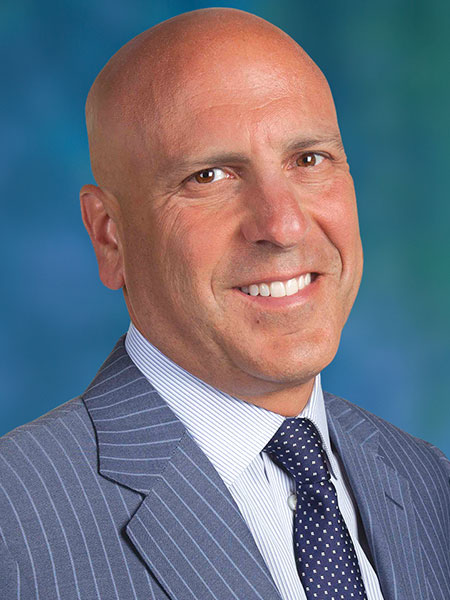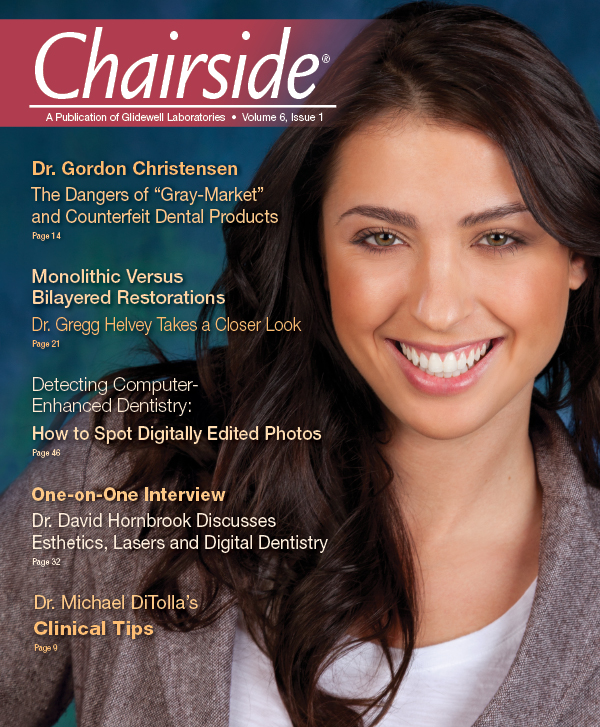Editor’s Letter
I have been hearing about the death of PFMs for the past 15 years. In fact, the PFM department managers here at the lab always have a good laugh when I show them a dental journal with an article by a metal-free clinician predicting the demise of PFMs within the next three to five years. While a metal-free style of practice can certainly work for dentists who passionately believe in metal-free dentistry, the numbers at the lab tell another story: PFMs aren’t dead.
Most dentists are satisfied with PFMs and continue to prescribe them in large numbers. After all, PFMs are versatile and can be used for single units, multiple units and even roundhouse bridges. Those who want to pretty it up can always cut a facial shoulder for a porcelain margin or use an esthetic PFM, such as Captek™, in the esthetic zone.
PFMs have long been the workhorse restoration, but then one day something happened … and that something was BruxZir® Solid Zirconia. For 10 years I begged R&D for a cast gold crown in a shade A2. Jim Glidewell was bugging them to make a full-contour zirconia crown, just to see what it would look like. BruxZir got both of us off their backs.
From the day it launched, BruxZir was a niche product. It was meant to be an esthetic replacement for cast gold and metal occlusals, but I started using it to replace broken PFMs (because those patients had already destroyed that type of restoration). All of a sudden, dentists started placing BruxZir everywhere, showing preference for this high-strength, cementable, monolithic, tooth-colored material, despite it being “more brawn than beauty.”
The popularity of BruxZir continues to grow, with a recent sales record totaling 7,300 crowns & bridges in one week! That makes BruxZir the fastest growing product in the 40-year history of Glidewell Laboratories.
So while PFMs are not dead, the PFM department no longer laughs at these jokes. We can use BruxZir to do virtually anything that can be done with a PFM, including roundhouse bridges. These monolithic restorations seem poised to replace their bilayered brethren; however, the change may be measured in decades, rather than years.

Yours in quality dentistry,

Dr. Michael C. DiTolla
Editor-in-Chief, Clinical Editor


